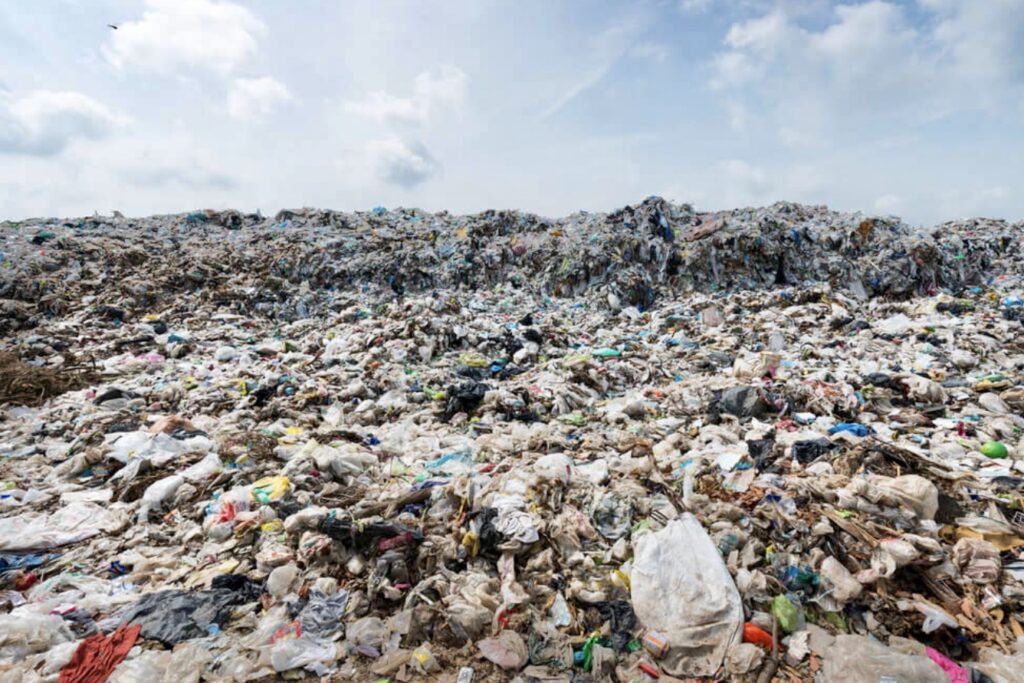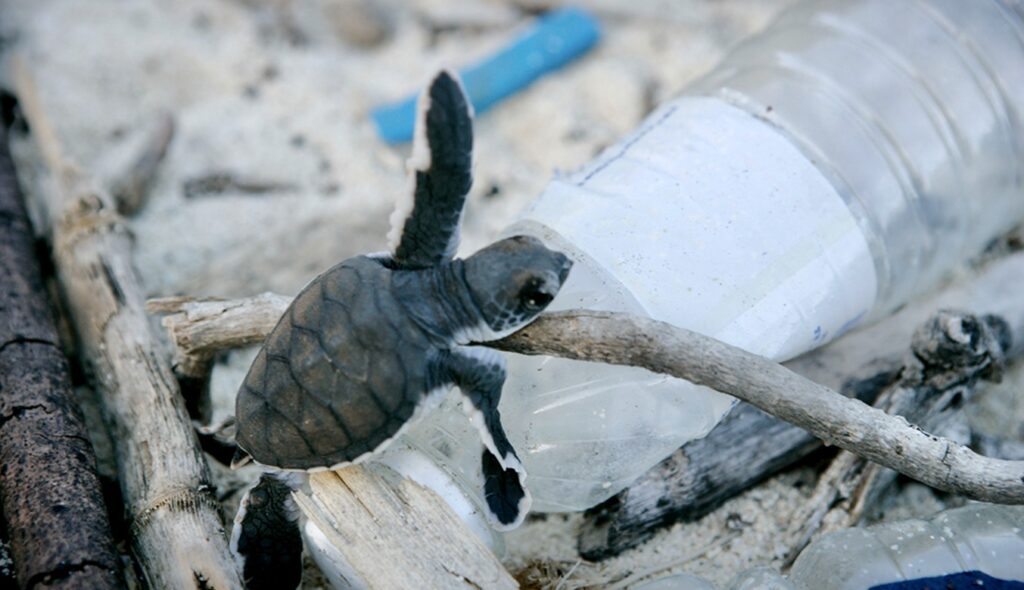Text by Henrylito D. Tacio
Photos: WWF-Australia
“Plastic is one of the most persistent pollutants on Earth,” declares Kerri Major, engagement manager partnerships and innovation of the Worldwide Fund for Nature-Australia. “It’s made to last – and it does, often for 400 years or more.”
What is alarming is its link to climate change. “At every step in its lifecycle, even long after it has been discarded, plastic creates greenhouse gas emissions that are contributing to the warming of our world,” Major deplores.
The Centre for International Environmental Law, in a report, said that the impact of plastic production on the world’s climate this year would equate to the output of 189 coal-fired power stations.
“By 2050, when plastic production is expected to have tripled, it will be responsible for up to 13% of our planet’s total carbon budget – on a par with what 615 power stations emit,” Major points out.
It is indeed frightening!
“The plastic crisis’s connection to the climate emergency and environmental justice impacts are undeniable,” said a press statement from a group of environmental, public health, and civil society organizations. “The cost of the continued dependence by corporations on single-use plastics and planned expansion of plastic production are too high to be ignored.”
To ensure the safety of Filipinos and our environment from such impacts, they are calling on consumer goods companies and the plastic industry to urgently phase out single-use plastic packaging and adopt reuse systems.
The years 2021 to 2030 are “a decisive decade for the climate,” the statement said.
“The world has less than 10 years to deliver on drastic decarbonization and climate goals, yet the petrochemical and consumer goods industries remain on a trajectory to increase carbon-intensive plastic production and use,” it said.
“As fossil fuel demand declines, major fossil fuel corporations are investing billions in the expansion of plastic production,” the statement continued. “The continuing significant investments in plastics signal the lack of commitment of the consumer goods, petrochemical, and fossil fuel industries to take significant action to address the climate emergency.”
Plastic does not only disrupt the climate, but it also harms endangered wildlife species and disturbs fragile ecosystems.
According to a United Nations report, plastic pollution has affected an estimated 800 marine and coastal species through ingestion, entanglement, and habitat change.
A study conducted by the Department of Environment and Natural Resources (DENR) confirmed the presence of microplastics in Philippine waters escalates the urgent need for action.
Marine turtles, for instance, are affected by single-use plastics. About 20% – or half a million tons – of the 2.7 million tons of plastic waste the Philippines generates annually leaks into the oceans, according to the 2015 report on plastic pollution by the Ocean Conservancy.
“Plastics endanger marine life and other animals, because they can mistake a piece of plastic for food when it isn’t,” a study pointed out. After eating plastic, marine turtles starve and die. Another study, published in the journal Scientific Reports, suggests that ingesting even a single piece of plastic can be deadly for these marine animals.
Researchers studying the impacts of plastics on terrestrial ecosystems have equally concerning findings. Plastic surfaces or particles can carry disease-causing organisms, cause inflammation, and traverse highly-selective membranes in animals.
“Plastics also threaten soil fauna functions and can leach toxic additives into the soil and groundwater, some of which can disrupt the hormone systems of vertebrates and invertebrates,” the statement said.
“Combined with the stress of climate change and other pollution on our ecosystems, plastics create grievous environmental conditions in ecosystems that support our food, water, and livelihoods,” the statement said. “Thus, plastic’s impact on nature has disturbing consequences for people.”
The problem of plastic has been with us for the last twenty years or so. Some groups try to find possible solutions, but the statement said that those are “false solutions” and thus “cannot resolve the plastic crisis.”
Consider the following:
“Plastic neutrality”: “Instead of addressing the problem at root by reducing plastic production, companies continue producing more plastics, justifying increased production by saying they will collect the amount they produced. Following collection, some plastics end up in incinerators, which release carcinogens that harm nearby communities, while the rest are supposedly recycled.”
Waste-to-energy: “Plastics are used as fuel for so-called “waste-to-energy” (WTE) plants, which are being passed off as renewable energy sources. However, these waste burning plants are not only inefficient and non-renewable, but are also highly polluting and harmful to human health.”
“Bioplastics”: “Designed to be disposable, bioplastics’ mass disposability is as wasteful, resource-intensive, and unsustainable as regular plastic. Relying on bioplastics may also lead to exploitation of regulatory loopholes for biodegradables, false marketing or improper labeling, and unintentional pollution.”
“Many people still see the plastic crisis as a problem about waste and individual responsibility. However, the gravity of their impacts extends not only across boundaries, but also across generations,” the statement said.
“Without drastic interventions, its adverse impacts on environmental health and subsequent economic and social effects would be felt from the global to the local level for decades. This makes the plastics crisis an impediment to intergenerational justice, hindering the ability of the current youth and future generations to achieve sustainable development in an individual or collective capacity.”



